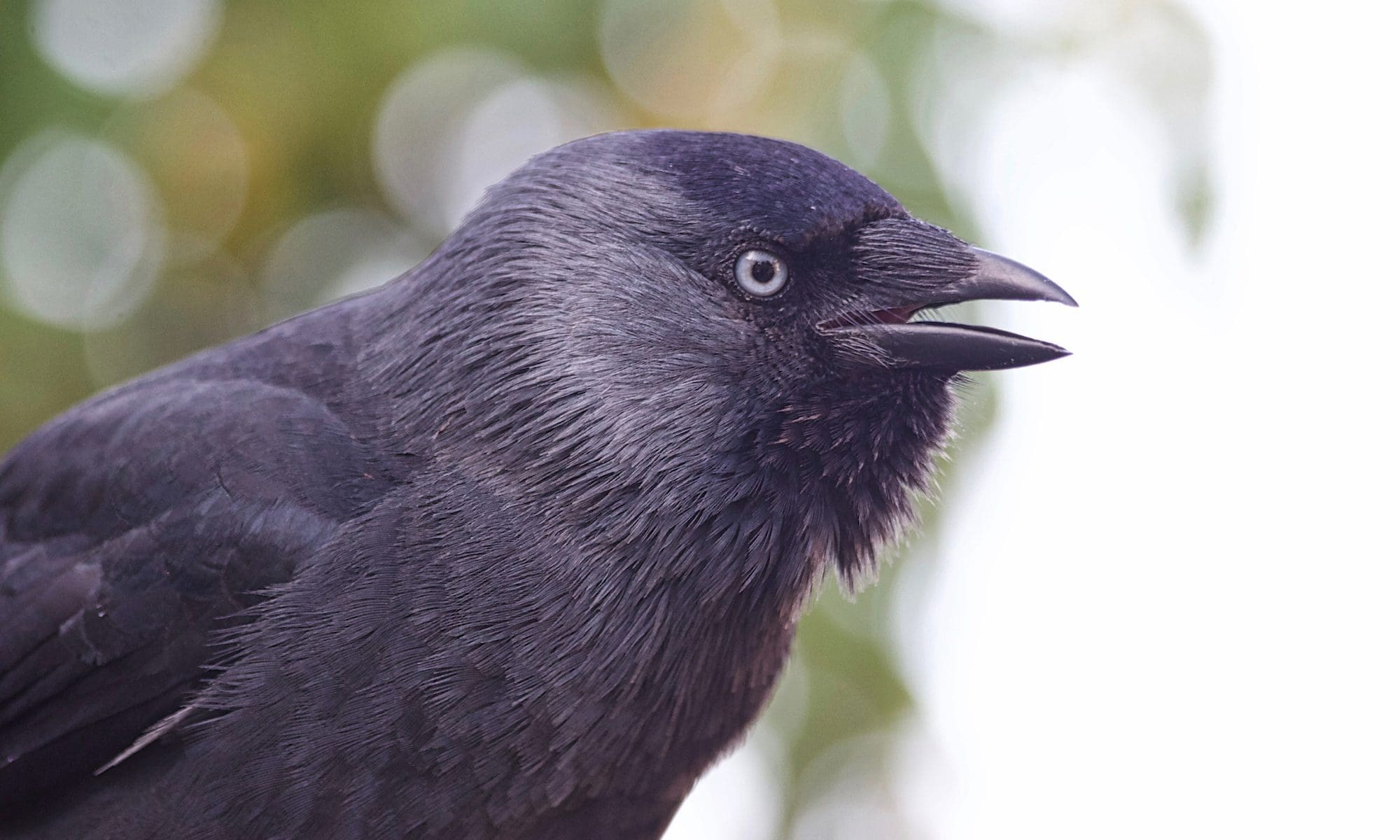This short videoclip shows one of those beautiful occasions, where we were privileged to be part of the daily lives of our wild non-human animal neighbours. Just by chance we have been able to document and record a fascinating playful interaction or variation of social play occurring between a wild young rook and a mixed group of rooks and jackdaws as well as a small flock of residential pigeons circling the area. Just a few seconds after the rook had drawn the attention of one of the approaching jackdaws, the rook decided to disengage and to follow the leaving birds.
” Social play is an excellent example of a behavior in which many animals partake, and one that they seem to enjoy immensely. Individuals become immersed in the activity, and there seems to be no goal other than to play. As Groos (1898) pointed out, animals at play appear to feel incredible freedom. ” 1
Social play observed amongst non-human animals including corvids plays an important part in the emotional lives of many non-human animal species. During our daily interactions with our corvid patients, residents and visiting wild birds, we are frequently able to observe many of these intricate nuances of their fascinating emotional lives, and even get sometimes involuntarily involved in their playfulness and cheekiness. Although many encounters we are able to witness may serve a specific purpose, a purpose we may or may not fully understand, some incidents like the playing rook in the video clip, might just be what it seems – a bird having a bit of fun, nothing more and nothing less.
Bibliography
- Bekoff, M. (2000). Animal Emotions: Exploring Passionate Natures Current interdisciplinary research provides compelling evidence that many animals experience such emotions as joy, fear, love, despair, and grief—we are not alone. BioScience, 50(10), 861-870. ↩︎











